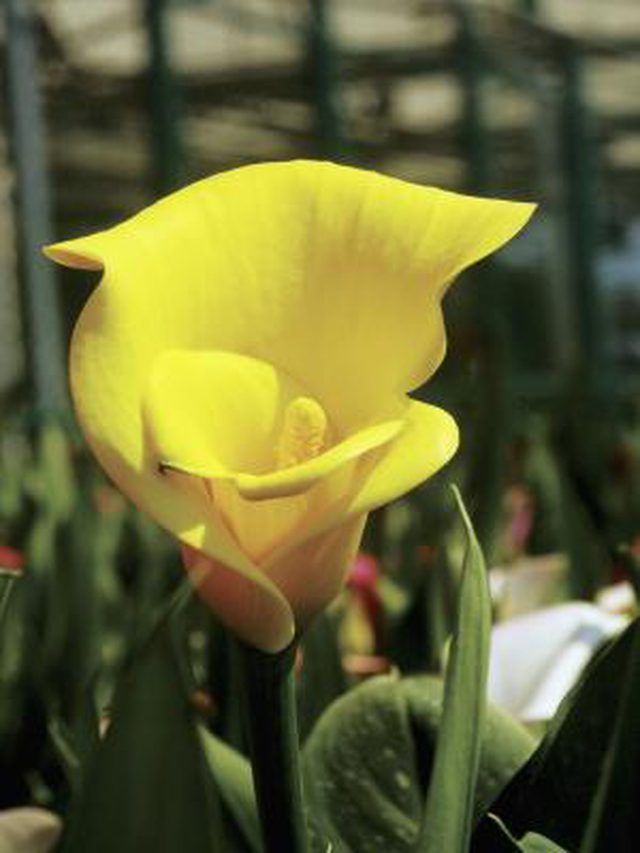Bulbs
Flower Basics
Flower Beds & Specialty Gardens
Flower Garden
Garden Furniture
Garden Gnomes
Garden Seeds
Garden Sheds
Garden Statues
Garden Tools & Supplies
Gardening Basics
Green & Organic
Groundcovers & Vines
Growing Annuals
Growing Basil
Growing Beans
Growing Berries
Growing Blueberries
Growing Cactus
Growing Corn
Growing Cotton
Growing Edibles
Growing Flowers
Growing Garlic
Growing Grapes
Growing Grass
Growing Herbs
Growing Jasmine
Growing Mint
Growing Mushrooms
Orchids
Growing Peanuts
Growing Perennials
Growing Plants
Growing Rosemary
Growing Roses
Growing Strawberries
Growing Sunflowers
Growing Thyme
Growing Tomatoes
Growing Tulips
Growing Vegetables
Herb Basics
Herb Garden
Indoor Growing
Landscaping Basics
Landscaping Patios
Landscaping Plants
Landscaping Shrubs
Landscaping Trees
Landscaping Walks & Pathways
Lawn Basics
Lawn Maintenance
Lawn Mowers
Lawn Ornaments
Lawn Planting
Lawn Tools
Outdoor Growing
Overall Landscape Planning
Pests, Weeds & Problems
Plant Basics
Rock Garden
Rose Garden
Shrubs
Soil
Specialty Gardens
Trees
Vegetable Garden
Yard Maintenance
What Kind of Calla Lily Do I Use to Submerge in Water?
What Kind of Calla Lily Do I Use to Submerge in Water?. Filling your completed water garden or pond with water and the appropriate flowers and plants is one of the joys of aquatic gardening. Calla lilies, quite recognizable for their large blooms extending out the tops of long green shoots, provide a dramatic appearance to all types of garden...

Filling your completed water garden or pond with water and the appropriate flowers and plants is one of the joys of aquatic gardening. Calla lilies, quite recognizable for their large blooms extending out the tops of long green shoots, provide a dramatic appearance to all types of garden designs. Additionally, submerged calla lilies work well for floral centerpieces by using water-filled containers to showcase the plants. Choosing the right calla lily to submerge is dependent upon your personal preference in color and the availability of the specific color bloom you seek for your pond, garden or event.
Things You'll Need
Calla lily
Pot
Soil
Understand that one major genus of calla lily exists, called Zantedeschia. Under that genus category, 28 known species of calla lily exist. All are suitable for growing in submerged conditions, although you must exercise care to avoid waterlogging the upper portion of the plants. The choice of species is dependent upon budget, availability and color preference.
Plant calla lilies in submersible pots with ample drainage holes located along the bottom of each pot, an important element in planting calla lilies in water gardens and ponds; the continual supply of water will flow through the root system and thus keep the plant optimally moist. Plant calla lilies in a nutrient-rich, densely packed soil that will stand up to underwater submersion.
Choose the Zantedeschia hybrida variety of a calla lily for submerged areas where moderate amounts of drainage are available. Choose this version of calla lily when you want to grow nontraditional calla lily colors such as red, orange or pink blooms. This hybrida variety prefers moist soil, even though it is not suitable for areas where the plant will remain completely submerged in water. Instead, it is best suited for water gardens and ponds with a high shelf so the plant touches the top layer of water and is provided continual water but not completely submerged.
Zantedeschia aethiopica, a calla lily derived from rhizomes, is notable because of the large white flowers the plant produces. Hailing from South Africa, this kind of calla lily is tolerant of heat and wet weather conditions. Submerge this type of calla lily in ponds and water gardens by placing the plant either on a bottom, middle or top shelf layer. Adding a layer of rocks or pebbles to the bottom of the pot assists in keeping the pot completely submerged.
Tips & Warnings
Bring calla lilies indoors during winter months to allow the plants to go dormant, and thus be revived come the following spring. Placing the plant in a dark corner, such as a basement, will help ensure the plant goes into a dormant phase. It is essential that even during the dormant period the roots of the calla lily remain moist.
If you do not have an aquatic garden or pond available, you can grow submerged calla lilies by using a large container, capable of holding water for continual watering of the plant.
Use caution when moving calla lilies around, especially those in full bloom, as the blooms can break off easily if not handled properly.